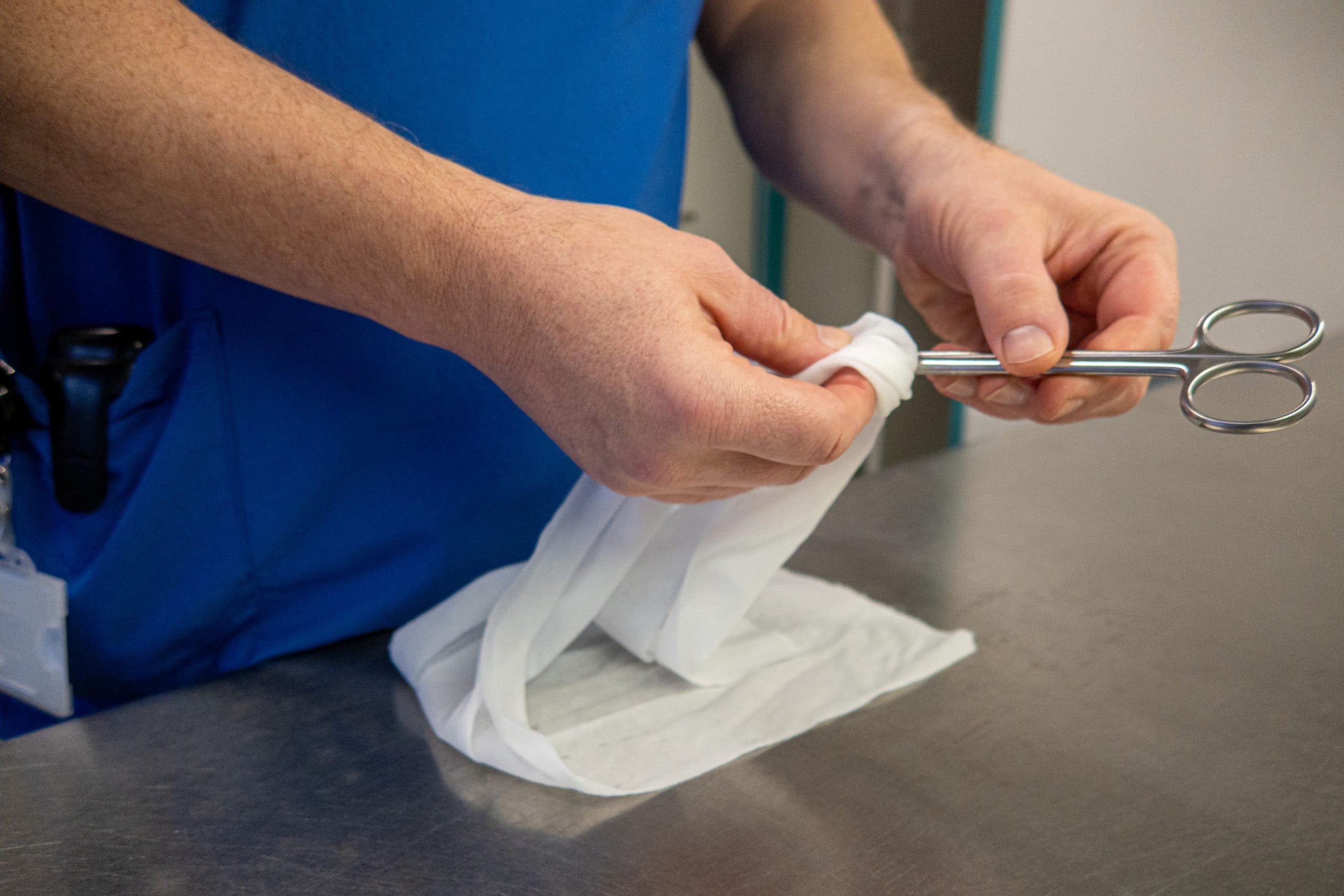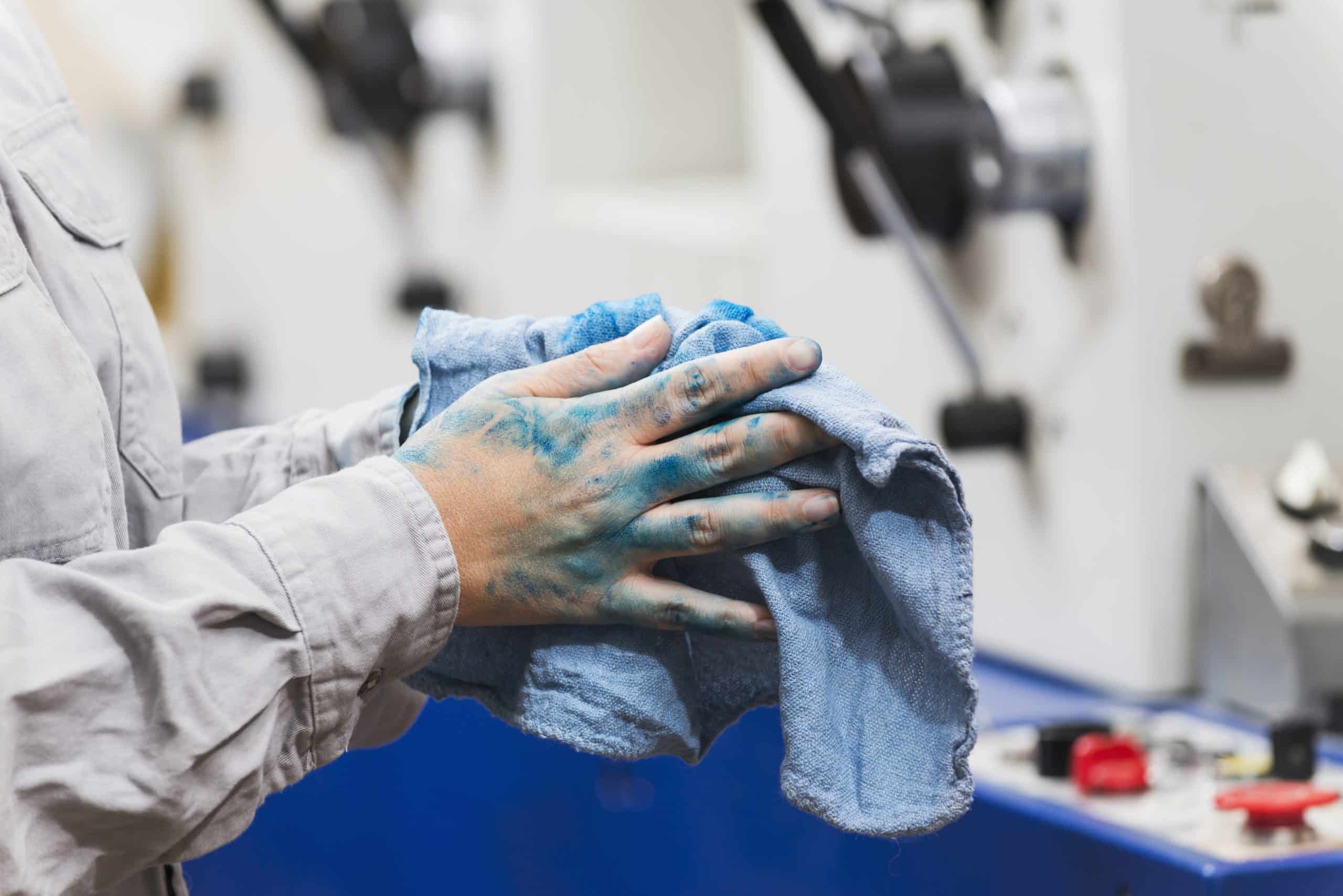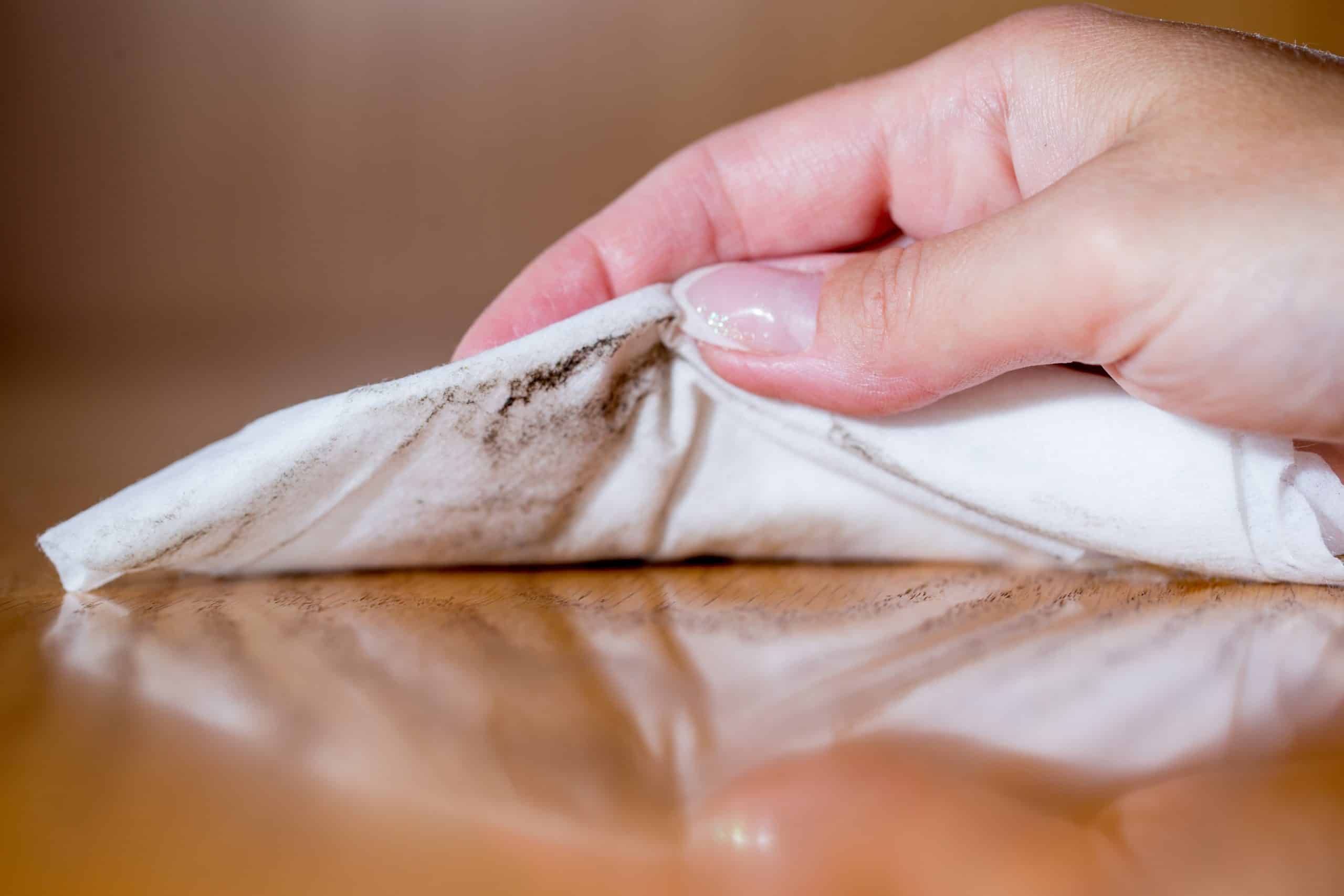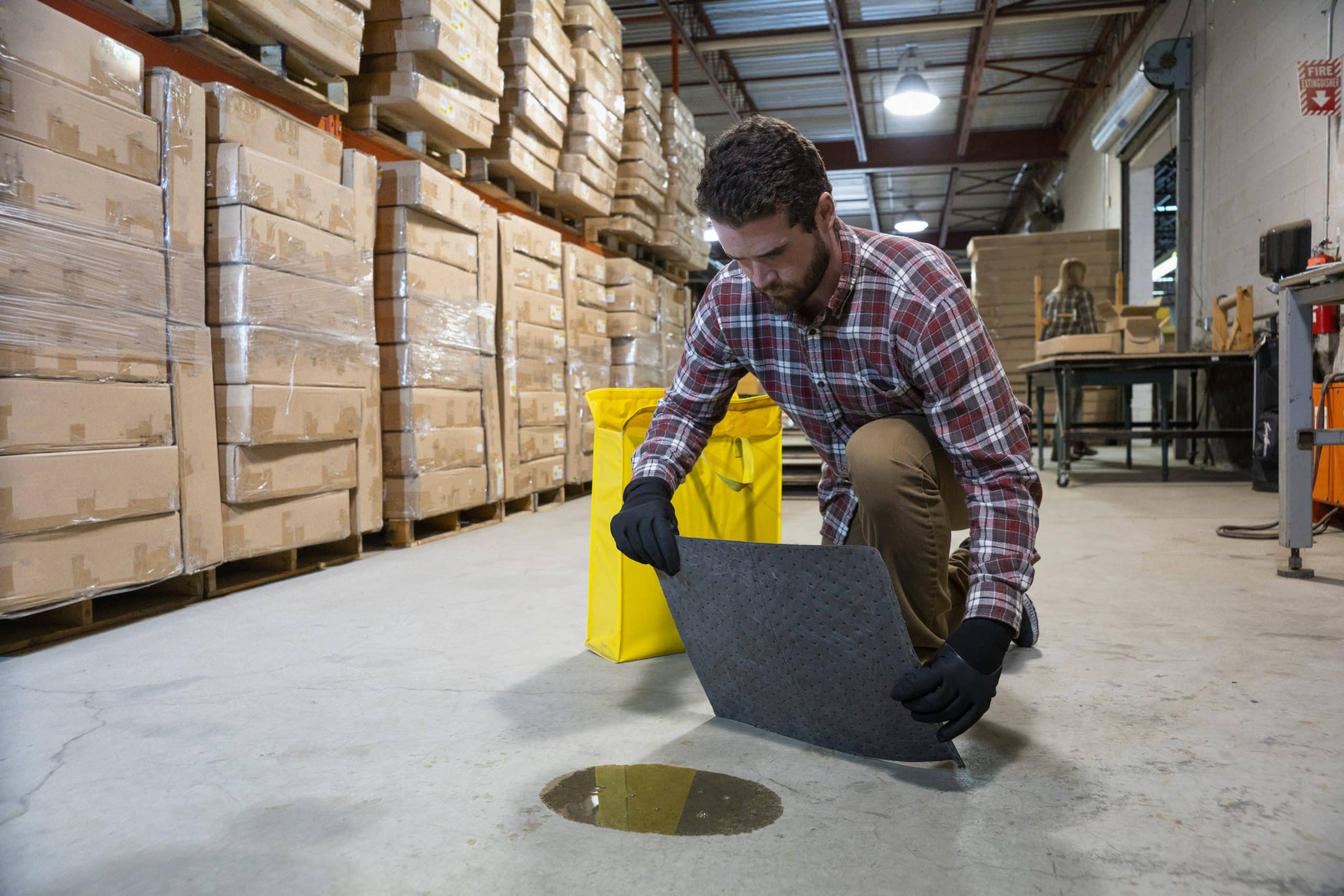Because residents in aged care are more susceptible to infections, cleaning wipes need to meet the highest hygiene standards. Also, they need to fall within the aged care home’s budget. Thus, TIDDOX makes cost-effective wipes designed to meet these challenges. Moreover, our wipes clean surfaces to prevent the spread of germs.
Not only do residential care homes have lots of spills and mess, but this can often include urine, blood and other bodily fluids to wipe up. As such, these need immediate wiping up to prevent the spread of germs, bacteria or viruses. Besides, no one wants a disease outbreak or ailments among residents. Accordingly, staff must regularly wipe down and clean kitchens, toilets and communal areas.
Aged Care Disposable Wipes and Cloths
In addition to disposable wipes, we also offer reusable wipes and cloths. Whether disposable or reusable, both work well with cleaning chemicals to disinfect and sanitise. Better to use neutral detergents over those that may trigger allergenic reactions. For example, many residents may have dermatitis or asthma.
Whenever using reusable wipes, we recommend washing, laundering, and drying them first. Why drying? Because bacteria and germs thrive in wet cloths. Whereas with disposable wipes, you throw away the picked-up germs when disposing of the wipe. Moreover, dirty or unclean cloths may play host to germs that can affect the health of residents. So, to avoid spreading diseases, launder and disinfect reusable cloths regularly and store them in a dry place.
How do germs spread? Firstly, germs, bacteria and viruses transfer from a surface to a reusable cloth. Next, the germs from the cloth transfer to the hands of the staff member and onto the residents. Hence, to reduce this risk of cross-contamination, better to dispose of wipes after use. By disposing of the wipe after use, there is no chance of spreading germs as they get thrown away with the wipe. Hence, rather use disposable wipes in higher-risk areas. For example, when cleaning contaminated surface spills.
Accordingly, reusable cloths suit lower-risk areas. For instance, such as cleaning furniture, computers and equipment. Also, it is important to disinfect these cloths to eliminate any infectious agents regularly.
Best Cleaning Practice Suggestions
Evidently, staff must receive proper training in best cleaning practices. And, through educating them, they will help stop the spread of diseases in aged care facilities. Furthermore, they must know the proper use of reusable cloths versus disposable wipes. Consequently, they can prevent and reduce infections to the health and safety of the people living in the aged care facility. Also, training staff on how often to use a new cloth and the correct amount of solution will ensure that a cloth does not get overused and becomes ineffective. Equally, you don’t want too little sanitiser applied.
Colour Coded Cloths
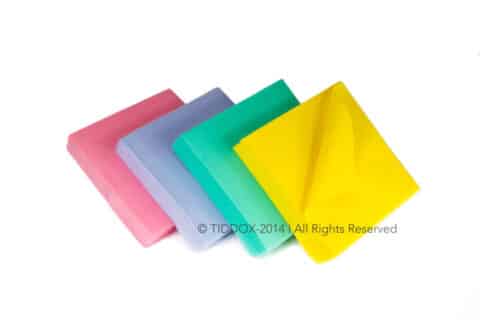
Also, train staff on the colour-coded system of red, green, blue and yellow cloths. Why? Because each colour designates a certain location or task. Hence, to help avoid cross-contamination, a staff member should not use the same cloth to clean multiple areas. For example, use red cloths to clean washrooms and green cloths to clean kitchen areas. But please don’t use the same cloth colour in both areas! So, you can see how colour-coded cloths help manage the risk of germ spread by identifying which cloths are clean in different locations.
Below is a coloured-coded table guide for the use of aged care disposable wipes and reusable cloths:-
Red – Washrooms, Toilets & Bathrooms
Green – Kitchen & Food Areas
Blue – General Low-Risk Areas
Yellow – Clinical






